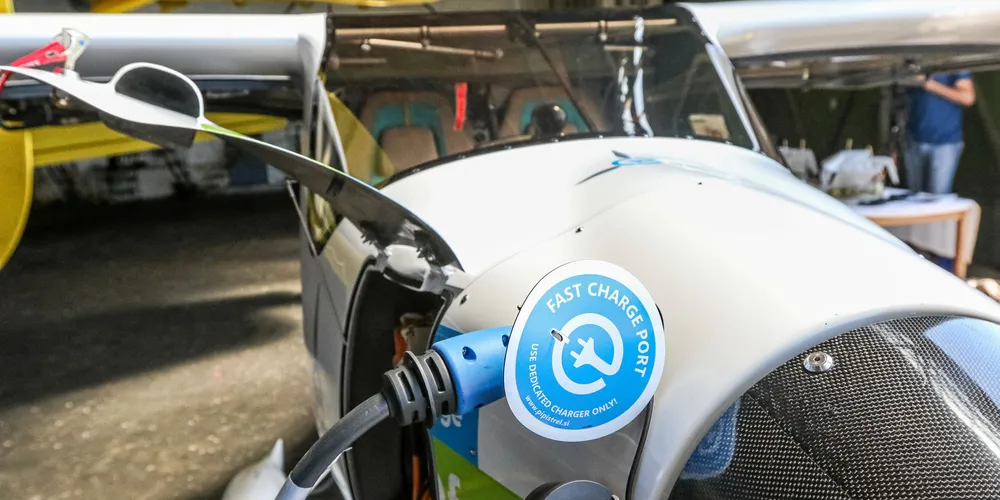'The role of green hydrogen in achieving a climate-compatible future – is there one?'
The growing clamour around renewable H2 ignores some harsh realities that will limit its role in the energy transition — not least the laws of physics, writes Andreas Biermann
